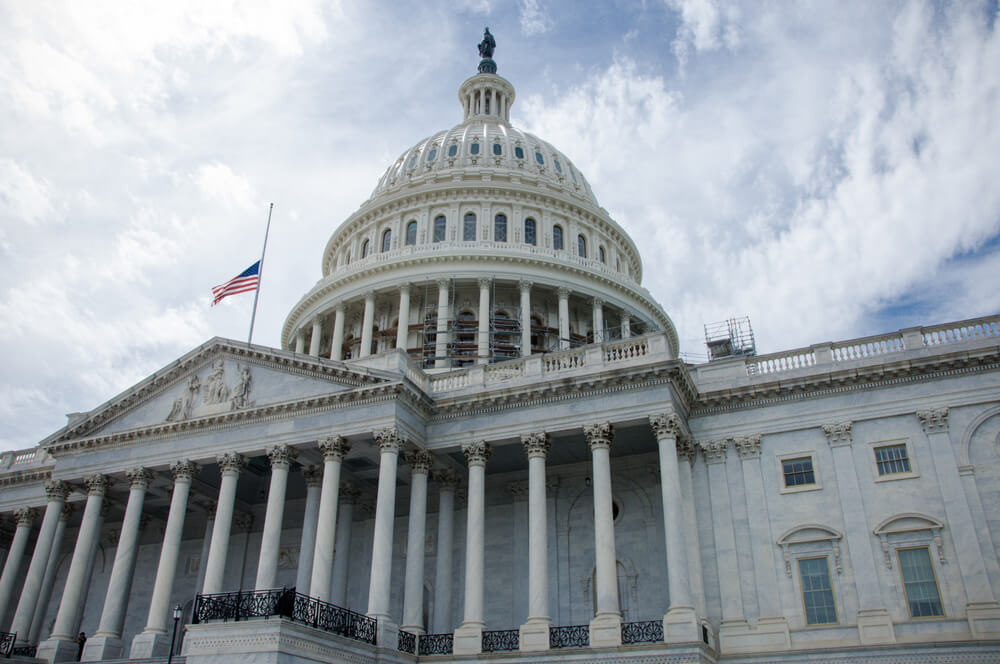Temporary Lifts in Telehealth Regulation Move Closer towards Becoming Permanent

A bill to permanently extend telehealth regulations is still underway in the House, although its bipartisan support indicates a promising outcome. The Protecting Access to Post-COVID-19 Telehealth Act, introduced by the House Telehealth Caucus in July, was applauded by many healthcare groups, many of whom had recently signed a letter pushing for relaxed telehealth regulations, particularly for Medicare beneficiaries. The letter, supported by organizations such as Stanford Health Care and HIMSS, cited 4 main priorities, including the elimination of originating site restrictions and ensuring access to underserved communities, all of which are addressed in the bill in some capacity. The mix of Democrat and Republican members of the Telehealth Caucus helped garner swift, bipartisan support for the proposed legislation as well.
Congress and Centers for Medicare & Medicaid Services (CMS) passed several measures at the beginning of the pandemic that allowed greater flexibility for virtual care delivery, but new legislation would be required in order to permanently implement those changes. Up until recently, Medicare had been notoriously restrictive in terms of telehealth reimbursement; CMS would typically cover telehealth services only in regions that were federally designated as health-professional shortage areas, or in other select remote locations. Those with certain conditions, such as end stage renal disease, were also exempt.
But the unprecedented demand for virtual care in light of COVID-19 has reinforced the need for adequate, long-term payments and coverage for all patients and providers. According to the letter, telehealth adoption soared 4300% in March 2020, and policy flexibility passed earlier in the year allowed 11.3 million beneficiaries to be able to access high-quality telehealth services in mid-April alone.
Rep. Mike Thompson, D-Calif., introduced the bill that addresses most of these concerns. It would end most geographic restrictions on virtual care and require CMS to continue reimbursing for telehealth services 90 days after the end of the pandemic. In addition, it would also loosen regulations on other originating sites starting on December 31, 2020, and the US Department of Health & Human Services (HHS) would be required to conduct a study on the use of telehealth during COVID-19.
According to Thompson, the proposed legislation would “expand the use of this proven practice for seniors and those on Medicare and ensure that telehealth care be used during future disasters and emergencies. We know telehealth can be an essential bridge in delivering care, particularly during a crisis and today we are working to ensure telehealth continues in a post-Coronavirus world.” The bill currently sits in the Energy & Commerce and Ways & Means Committees.
The president signed an executive order a week after the bill was introduced that mirrors most of the concerns in the letter and Thompson’s bill. CMS has also announced proposals that would also reduce clinician burden for virtual access, particularly for those serving rural communities.
While increasing access by way of virtual care still has many gaps, there is reason to be optimistic about new regulations heading in the right direction.